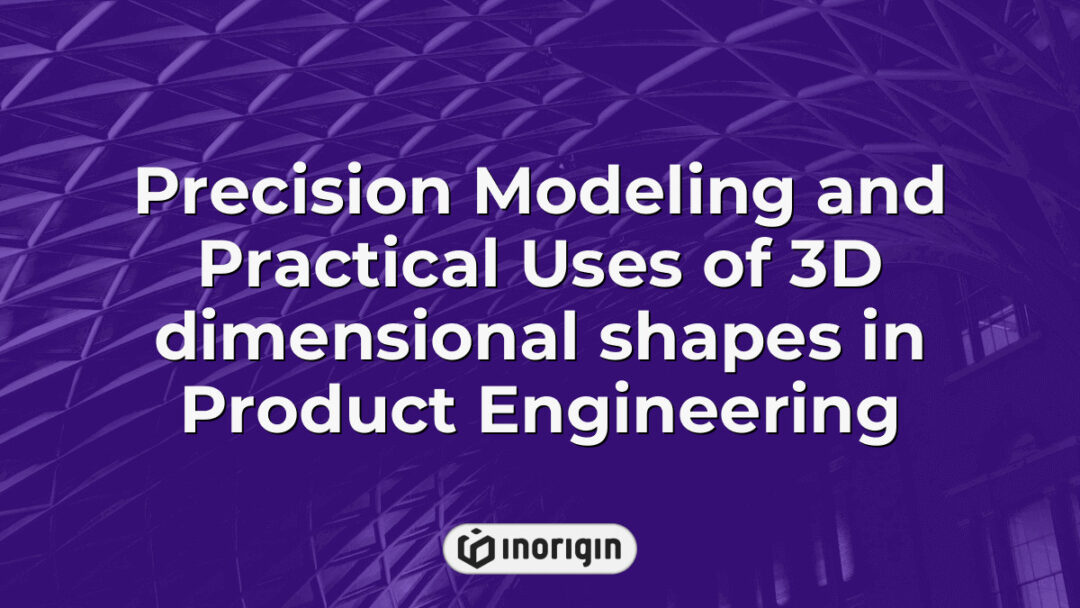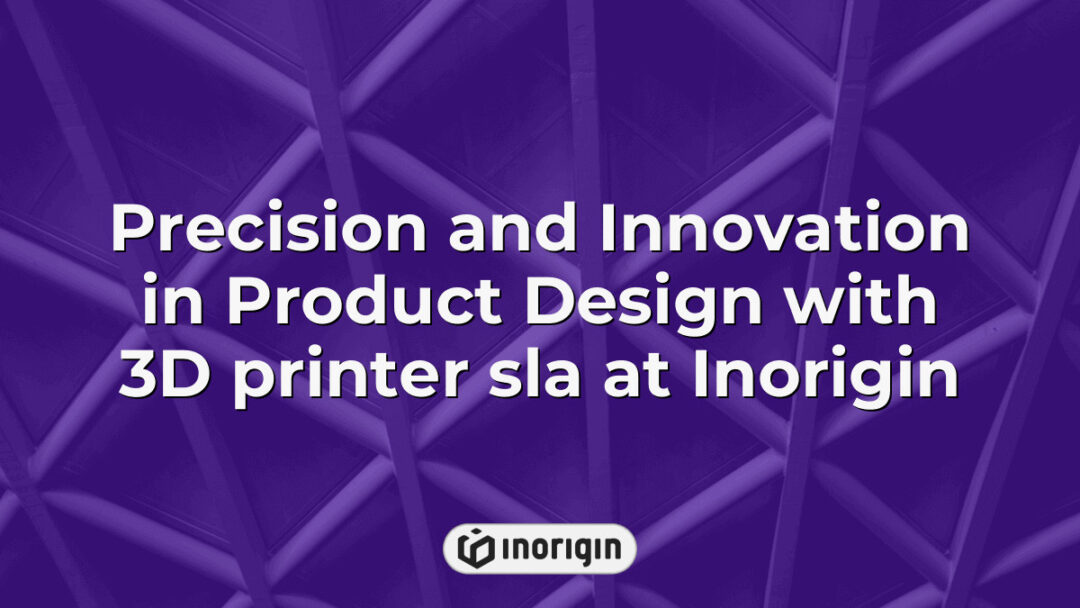The rapid advancement of 3D printing technology has revolutionized various industries, from manufacturing to healthcare, by enabling the creation of complex structures and customized products with unprecedented efficiency. As this innovative production method continues to gain traction, individuals and businesses alike are increasingly seeking local resources that can provide specialized 3D printing services tailored to their unique needs. This article explores prominent 3D printing companies situated in proximity to consumers, highlighting their capabilities, technological expertise, and contributions to the burgeoning field of additive manufacturing. By examining these enterprises, it becomes evident how localized access to advanced fabrication techniques can foster creativity, enhance problem-solving potential, and stimulate economic growth within communities.
| Aspect | Key Takeaway |
|---|---|
| Accessing 3D Printing Companies Near Me | Searching for “3D printing companies near me” helps locate specialized local providers like Inorigin, ensuring proximity to advanced fabrication services that support rapid prototyping and product development. |
| Advantages of Local 3D Printing Firms | Working with nearby companies enhances collaboration, reduces lead times, and boosts regional innovation by offering tailored design and engineering expertise. |
| Materials and Technologies | Local providers typically offer a variety of materials—including PLA, ABS, and resins—utilizing FDM and DLP resin printing technologies suited for diverse applications. |
| Evaluating Service Features | When choosing a company, consider build volume, material compatibility, turnaround time, and availability of engineering support to meet project requirements effectively. |
| Customer Feedback Importance | Reviewing client testimonials reveals consistent print quality and responsive customer service, which are critical for successful product realization. |
| Safety and Quality Considerations | Ensure providers adhere to safety protocols addressing emissions and equipment handling to maintain a secure environment during additive manufacturing processes. |
| Custom Design File Support | Many local companies accept personalized design files, allowing seamless transition from concept to polished prototype with expert guidance on file compatibility. |
Understanding 3D Printing Technology
Understanding 3D printing technology involves an exploration of its fundamental principles, applications, and implications across various industries. At the core of this technology is additive manufacturing, a process that constructs objects layer by layer from digital models, distinguishing it from traditional subtractive manufacturing methods. Initially developed for rapid prototyping in engineering and design sectors, 3D printing has expanded into diverse fields such as healthcare, aerospace, and even consumer goods, showcasing its versatility and efficiency. Moreover, advancements in materials science have led to the development of new filaments and resins that enhance the performance attributes of printed products. As environmental concerns rise globally, sustainable practices within 3D printing are also gaining traction; biodegradable materials and reduced waste generation significantly contribute to ecological benefits. Thus, comprehending these multifaceted aspects of 3D printing technology not only highlights its transformative potential but also underscores the ongoing innovations shaping its future trajectory within contemporary society.
Benefits Of Local 3D Printing Companies
Local 3D printing companies serve as a cornerstone in the evolving landscape of manufacturing, akin to lighthouses guiding ships through uncharted waters. These entities offer several distinct advantages that contribute to both individual and community development. First, local firms can provide rapid prototyping services, significantly reducing lead times for product development; this immediacy allows entrepreneurs to iterate designs more swiftly than traditional manufacturing methods would permit. Second, proximity fosters collaboration between designers and manufacturers, enabling nuanced communication that enhances project outcomes. Third, local companies often support regional economies by sourcing materials from neighboring suppliers and creating jobs within the community.
- Enhanced customization opportunities allow clients to tailor products specifically to their needs.
- Reduced shipping costs and environmental impact result from localized production efforts.
- Access to specialized expertise provides customers with guidance throughout the design and fabrication process.
The myriad benefits associated with engaging local 3D printing companies underscore their importance not only as service providers but also as vital contributors to economic resilience and innovation ecosystems. As these businesses continue to develop technological capabilities alongside customer relationships, they are positioned to play an increasingly significant role in shaping future manufacturing paradigms on both small-scale and broader industrial levels.
How To Find 3D Printing Services Near You
In an era reminiscent of the industrial revolution, where artisans meticulously crafted objects by hand, contemporary demands for rapid prototyping and custom manufacturing have led to a surge in local 3D printing services. To identify suitable providers, one must first employ digital tools such as search engines or specialized directories that focus on additive manufacturing resources. Subsequently, filtering results based on geographic proximity can yield various options, while also considering factors like customer reviews and service capabilities. Furthermore, engaging with local maker spaces or fabrication labs may provide additional insights into available services within the community. Networking through social media platforms dedicated to technology enthusiasts can further enhance awareness of nearby 3D printing companies. By employing these strategies, individuals and businesses alike can effectively locate and evaluate 3D printing services tailored to their specific needs.
Comparing Services: Features And Pricing
The landscape of 3D printing services resembles a vast tapestry, interwoven with diverse features and pricing structures that cater to varying consumer needs. Initially, it is essential to identify the primary components that differentiate these services; factors such as materials offered, build volume capacity, and turnaround times play pivotal roles in shaping user experience. Furthermore, additional services—such as design assistance or post-processing options—can significantly enhance the value proposition for potential customers. Transitioning from qualitative aspects to quantitative measures, an analysis of pricing reveals a spectrum influenced by both service complexity and material costs. For instance, while some companies may offer competitive rates for basic prints, others might command higher fees due to advanced technology or superior customer support. Thus, when evaluating available services, careful consideration must be given not only to the immediate financial implications but also to the long-term benefits associated with quality and reliability in production outcomes. Such comprehensive comparisons ultimately empower consumers to make informed decisions aligned with their specific project requirements and budgetary constraints.
Customer Reviews And Recommendations
Customer reviews and recommendations serve as a critical lens through which potential clients can assess the reliability and quality of 3D printing companies. One might jest that, in an era where companies boast about their innovative technologies and unparalleled customer service, discerning customers are left to decipher whether such claims hold any merit or if they merely represent marketing hyperbole. To provide clarity amidst this cacophony of promotional proclamations, it is essential to consider several key factors when evaluating customer feedback:
- Consistency of print quality across different projects.
- Responsiveness and professionalism exhibited by customer support teams.
- Adherence to promised deadlines and delivery schedules.
- The value for money represented by pricing structures relative to output.
Through these dimensions, one can better understand the real-world implications of choosing a particular provider over another. Moreover, synthesizing insights from various platforms where users share their experiences—such as online forums, social media channels, and specialized review websites—can illuminate patterns in performance that may not be immediately apparent from promotional materials alone. Ultimately, informed decisions regarding 3D printing services hinge upon the aggregation of diverse perspectives found within customer reviews rather than solely relying on self-reported company narratives.
Frequently Asked Questions
What Materials Are Commonly Used In 3D Printing?
The realm of 3D printing, often perceived as a cutting-edge technological marvel synonymous with innovation and creativity, ironically relies on a rather modest selection of materials that have been utilized for decades. Primarily, thermoplastics such as polylactic acid (PLA) and acrylonitrile butadiene styrene (ABS) dominate the landscape due to their availability, ease of use, and versatility in applications ranging from prototyping to final product manufacturing. In addition to these plastics, other materials including nylon and polycarbonate are employed for their enhanced strength and flexibility characteristics. Furthermore, metals like titanium and aluminum are increasingly being integrated into additive manufacturing processes, particularly in industries requiring high-performance components such as aerospace and medical devices. Transitioning beyond conventional substances, advancements in material science have introduced composites infused with carbon fibers or glass beads which improve mechanical properties while maintaining lightweight attributes. As this field continues to evolve, emerging biocompatible materials present new possibilities for healthcare applications, underscoring the adaptability of 3D printing technologies across diverse sectors. Thus, despite its futuristic image, the foundation of 3D printing lies within an array of established yet evolving materials that continue to shape both current practices and future innovations in the industry.
How Long Does The 3D Printing Process Typically Take?
The duration of the 3D printing process can often be likened to a captivating performance, where each layer is meticulously laid down like brush strokes on an artist’s canvas. The time required for completion varies significantly depending on several factors, including the complexity of the design, the size of the object being printed, and the specific technology employed in the printing process. In essence, while smaller and simpler models may be produced within hours, more intricate designs or larger items can take days or even weeks to finalize.
- Factors influencing print duration:
- Design Complexity
- Detailed geometries necessitate longer processing times.
- Support structures may add additional time requirements.
- Printer Technology
- Fused Deposition Modeling (FDM) typically operates at faster rates than Stereolithography (SLA).
- Layer height settings can drastically affect overall print speed.
Moreover, post-processing stages must also be considered; these steps—such as cleaning, curing, and finishing—can further extend project timelines. Therefore, understanding that both preparation and execution phases contribute to total production time allows stakeholders to better manage expectations regarding delivery schedules. As advancements in 3D printing technologies continue to emerge, predictions about future efficiencies become increasingly relevant for industries seeking optimization in their manufacturing processes.
What Industries Benefit Most From 3D Printing Services?
The application of 3D printing services spans a wide array of industries, each deriving unique benefits from this innovative technology. Primarily, the manufacturing sector has seen significant advancements through additive fabrication techniques, enabling rapid prototyping and reduced production costs. This capability facilitates the creation of complex geometries that traditional manufacturing methods struggle to achieve. Additionally, the healthcare industry leverages 3D printing for customized medical devices, prosthetics, and even bioprinting tissues and organs, thus enhancing patient-specific solutions. The aerospace sector also capitalizes on this technology by producing lightweight components that contribute to improved fuel efficiency without compromising structural integrity. Moreover, sectors such as automotive design benefit from accelerated design processes and iterative testing made possible by 3D printing capabilities. As these examples illustrate, various industries are not only adopting but actively integrating 3D printing into their workflows to enhance innovation and operational efficiency across diverse applications.
Are There Any Safety Concerns Associated With 3D Printing?
The burgeoning field of 3D printing, akin to an artist wielding a brush in front of a blank canvas, offers remarkable opportunities for innovation yet is not without its shadows. As industries increasingly adopt additive manufacturing technologies, several safety concerns merit careful consideration. Firstly, the materials utilized in 3D printing processes can release volatile organic compounds (VOCs) and ultrafine particles during operation; these emissions may pose respiratory hazards if proper ventilation is not employed within workspaces. Furthermore, certain types of filaments—particularly those derived from plastic—may ignite under high temperatures or improper handling, thus raising fire safety issues. Additionally, there exists a risk associated with the mechanical components of 3D printers themselves; moving parts can lead to injuries if users do not adhere strictly to operational protocols. Moreover, the potential for producing defective items highlights another layer of concern since compromised structural integrity in printed objects could result in catastrophic failures depending on their application. Collectively, these factors underscore the necessity for rigorous adherence to safety standards and practices as industries navigate the promising yet complex landscape of 3D printing technology.
Can I Bring My Own Design Files For 3D Printing, Or Do I Need To Use Standard Templates?
In the realm of 3D printing, where creativity and technology intertwine like vines in a forest, the question of design ownership emerges as a crucial consideration for both novice and experienced users. The ability to bring personal design files to a 3D printing service offers an avenue for individual expression, akin to an artist wielding their brush upon a blank canvas. Many 3D printing companies facilitate this process, allowing customers to upload custom designs that reflect unique concepts or solutions tailored to specific needs. However, it is essential to recognize that not all services operate under the same framework; some may require adherence to standard templates due to technical constraints or equipment capabilities. Therefore, engaging with service providers regarding their policies on file formats and compatibility becomes paramount in ensuring successful outcomes. Ultimately, the interplay between custom designs and standardized options highlights the dynamic landscape of 3D printing services, revealing opportunities for innovation while also necessitating clarity in communication among users and providers alike.
Conclusion
The exploration of local 3D printing companies reveals numerous advantages, including accessibility, tailored services, and community support. By understanding technology, evaluating features and pricing, and considering customer feedback, informed decisions can be made that enhance project outcomes and foster innovation within diverse fields of application.
Related posts:
- 3D printers near me and Advanced Local Services Powering Precise Product Prototyping
- 3D printing near me options for precision prototyping and rapid product development
- Material Selection and Precision Engineering in Print Service 3D at Inorigin
- Precision and Innovation in 3D Printing Services at Inorigin Patra
- 3D printing service near me with advanced FDM and DLP resin technologies in Patra
- Precision Material Engineering and Custom Solutions in 3D printing service at Inorigin




